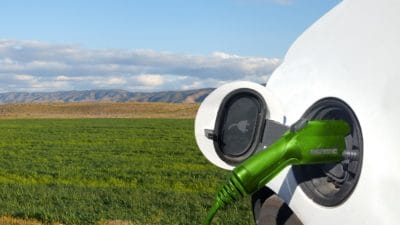Digging deeper into the cash flow statements of Diageo (LSE: DGE) (NYSE: DEO.US) and SABMiller (LSE: SAB), it becomes apparent that both companies rely on debt, and lots of it, to support their dividend policies.
Is this a problem for investors? In short, the answer is no.
Diageo: Cash From Operations….
Once all costs, including taxes and interests, are deducted from Diageo’s revenues, the spirits maker is left with about £2.5bn, its bottom line, or net income. That’s not the cash at its disposal.
Depreciation and amortisation amount to about £350m and must be added back to the bottom line. At this point, Diageo has a “cash pile” of about £2.9bn. This cash pile is roughly the same for the fiscal year 2013, which ended on 30 June 2013, and for the 12 months ended on 31 December 2013.
(Diageo’s current fiscal year closes on 30 June 2014.)
To properly assess the operating cash flow of a business, working capital adjustments have to be made. Among other things, these adjustments include swings in receivables, i.e. credits for which cash has yet to be collected, and payables that must be paid within a year, for instance.
Once they are factored in, Diageo is left with only £1.6bn of operating cash flow for the 12 months ended on 31 December 2013 — and £2bn for the fiscal year 2013.
Cash Flow From Investing & Cash Flow From Financing
In the fiscal year 2013, and in the 12 months ended on 31 December 2013, cash flow from investing was similarly negative — to the tune of £1.2bn and £1.3bn, respectively — while cash flow from financing was £-200m.
Right, so: where does the money come from to cover Diageo’s dividend?
“Equity dividends paid” stood at about £1.1bn in 2013, Diageo’s cash flow statement reveals, while “net increase in loans” reached £1.2bn. In the last three years, net borrowings have risen to £8.4bn from £6.4bn.
While it’s reassuring that dividends are covered by earnings, without new debt Diageo will have to cut back on capital expenditures, trim the dividend, or both. Alternatively, it should either spend less on acquisitions or find a better way to manage its working capital requirements, i.e. its short-term liquidity.
But it doesn’t need to: in fact its leverage ratios are in good order and Diageo could raise more funds in a flash at a very low rate.
Ask a loan banker to suggest the pricing of a drawn unsecured credit facility for Diageo, and he’d tell you that a five-year syndicated loan in the region of £1bn or more may cost Diageo less than 100 basis points above Libor, excluding fees. Not bad.
This is simply because Diageo’s cash flows are expected to grow into 2016 and may support even more leverage.
Enter SABMiller…
The cash flow profile of SABMiller is stronger, although its net leverage is slightly higher.
For its last fiscal year, which ended on 31 March 2014, SABMiller generated operating cash flow of $3.4bn, cash flow from investing of $-626m, and cash flow from financing of $-2.8bn. Indeed, its gross cash position was almost unchanged year on year, as the balance sheet shows.
To cut a long story short, “proceeds from borrowings” stood at $2.5bn, while dividends “paid to shareholders of the parent company” stood at $1.6bn. SABMiller can raise funds overnight, at almost any rate, too.
The cost of debt for these two companies won’t change for some time, so investors shouldn’t bother — at least until Diageo and SABMiller deliver on their promises.







